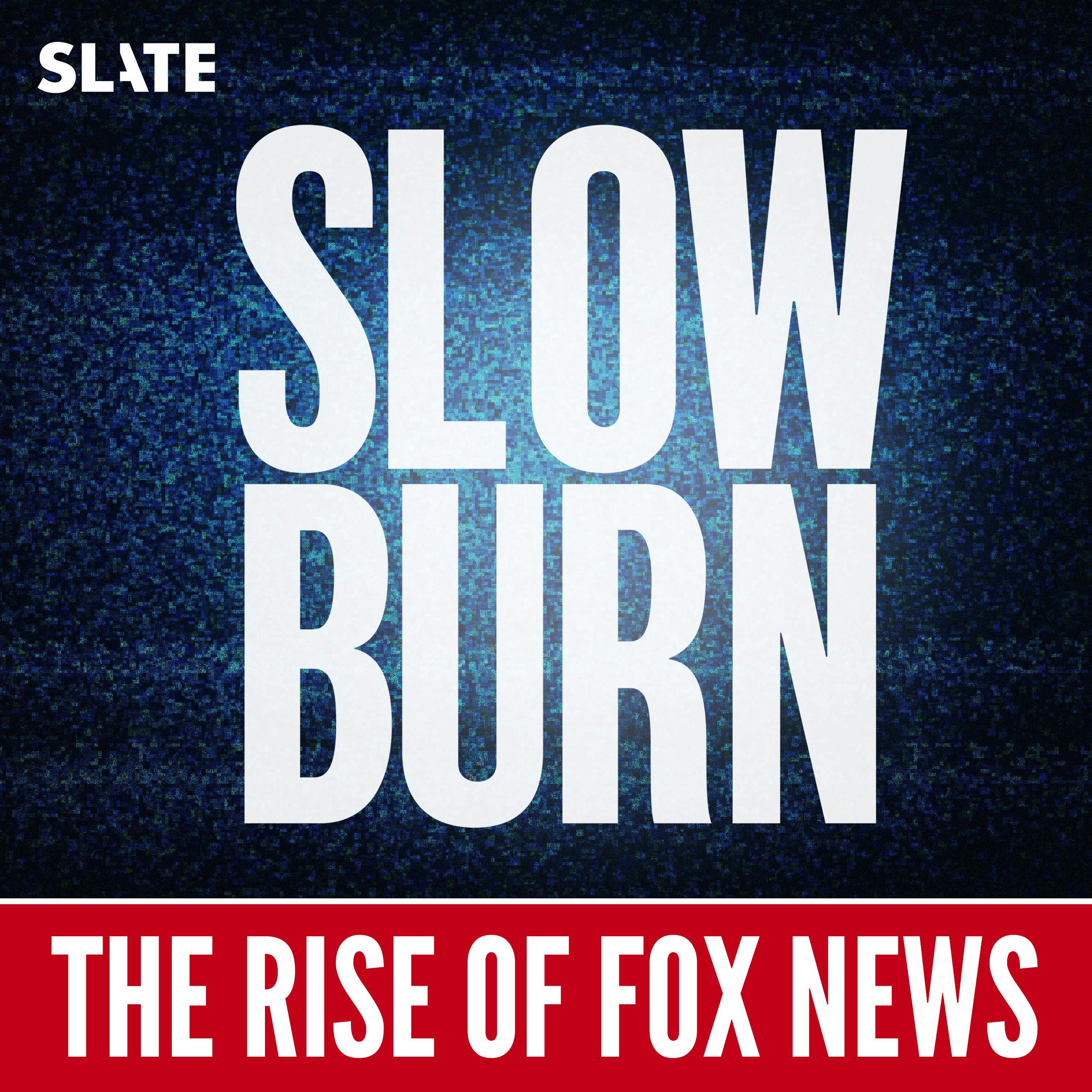
Decoder Ring | Mystery of the Mullet (Encore)

Slow Burn
Deep Dive
Why is the mullet considered a cultural mystery?
The mullet is a cultural mystery because its history involves not just the hairstyle itself but also the origin of the term 'mullet.' The word 'mullet' wasn't documented until 1994, despite the hairstyle being popular in the 1980s. This discrepancy has led to investigations into who named the mullet and how the term became associated with the hairstyle.
Who popularized the modern mullet in the 1970s?
David Bowie popularized the modern mullet in the early 1970s. Inspired by a Kansai Yamamoto model, Bowie's hairstylist created the iconic Ziggy Stardust haircut, which featured short, bristling hair in the front and long, flipped-out hair in the back. This androgynous style became a hallmark of Bowie's extraterrestrial persona.
What role did hockey players play in the mullet's popularity?
Hockey players played a significant role in popularizing the mullet in the 1970s and 1980s. Players like Ron Duguay, who had a stylish mullet, helped the hairstyle cross over from rock stars to athletes and regular people. The mullet became known as 'hockey hair' or 'the Duguay' among fans and players, and it grew increasingly elaborate as the decade progressed.
Why is the term 'mullet' associated with the 1990s despite the hairstyle's 1980s popularity?
The term 'mullet' is associated with the 1990s because it wasn't documented until 1994, when the Beastie Boys released the song 'Mullet Head.' Despite the hairstyle's peak popularity in the 1980s, the lack of an agreed-upon name until the 1990s has led to a cultural misremembering of when the term originated.
What is the significance of the Beastie Boys in the history of the mullet?
The Beastie Boys played a pivotal role in the history of the mullet by popularizing the term 'mullet' in the 1990s. Their song 'Mullet Head' and a feature in their magazine 'Grand Royal' helped cement the mullet as a symbol of uncoolness and macho sleaziness. The band's efforts to name and mock the hairstyle contributed to its lasting cultural impact.
Why do people associate the mullet with being unattractive?
People associate the mullet with being unattractive because of the term's origins in the 1990s, when the Beastie Boys and others mocked it as a symbol of uncoolness and low-class machismo. This negative framing, combined with the hairstyle's overexposure by the early 1990s, led to its perception as hideous, despite its earlier popularity and versatility across genders and cultures.
What is the connection between the mullet and Australian slang?
There is speculation that the term 'mullet' may have originated in Australian slang in the late 1980s or early 1990s, given Australia's history of contributing colloquial terms to English. However, no definitive evidence supports this theory, and the first documented use of 'mullet' as a hairstyle term comes from the Beastie Boys in 1994.
- The mullet's cultural significance extends beyond its appearance.
- The episode investigates the origin of the word "mullet" and its impact on cultural memory.
- Collective misremembering of the mullet's history is a central theme.
Shownotes Transcript
The mullet, the love-to-hate-it hairstyle, is as associated with the 1980’s as Ronald Reagan, junk bonds, and breakdancing. But in at least one major way, we are suffering from a collective case of false memory syndrome. In this episode we track the rise and fall of the mullet, and also the lexical quandary at its heart: Who named the mullet? We learn how David Bowie, hockey players, the Oxford English Dictionary, the Beastie Boys, a mysterious Reddit user named Topsmate, and a group called Annoy Club all played a part in the strange history of the mullet.
Some of the voices you’ll hear in this episode include proud mullet-wearer Lauren Wright, amateur mullet-sleuth Oskar Sigvardsson, writer, market researcher, and 1980’s hockey teenager John Warner, head of product for Oxford Languages Katherine Connor Martin, and novelist and Grand Royal contributor Warren Fahy.
This episode was produced by Willa Paskin and Benjamin Frisch.
If you have any cultural mysteries you want us to decode, email us at [email protected]
Want more Decoder Ring? Subscribe to Slate Plus to unlock exclusive bonus episodes. Plus, you’ll access ad-free listening across all your favorite Slate podcasts. Subscribe now on Apple Podcasts by clicking “Try Free” at the top of the Decoder Ring show page. Or, visit slate.com/decoderplus to get access wherever you listen. **Disclosure in Podcast Description: **A Bond Account is a self-directed brokerage account with Public Investing, member FINRA/SIPC. Deposits into this account are used to purchase 10 investment-grade and high-yield bonds. As of 9/26/24, the average, annualized yield to worst (YTW) across the Bond Account is greater than 6%. A bond’s yield is a function of its market price, which can fluctuate; therefore, a bond’s YTW is not “locked in” until the bond is purchased, and your yield at time of purchase may be different from the yield shown here. The “locked in” YTW is not guaranteed; you may receive less than the YTW of the bonds in the Bond Account if you sell any of the bonds before maturity or if the issuer defaults on the bond. Public Investing charges a markup on each bond trade. See our Fee Schedule. Bond Accounts are not recommendations of individual bonds or default allocations. The bonds in the Bond Account have not been selected based on your needs or risk profile. See https://public.com/disclosures/bond-account to learn more.
Learn more about your ad choices. Visit megaphone.fm/adchoices)